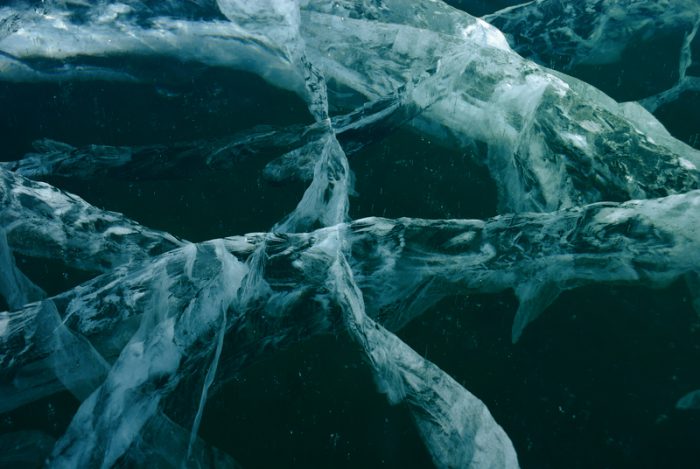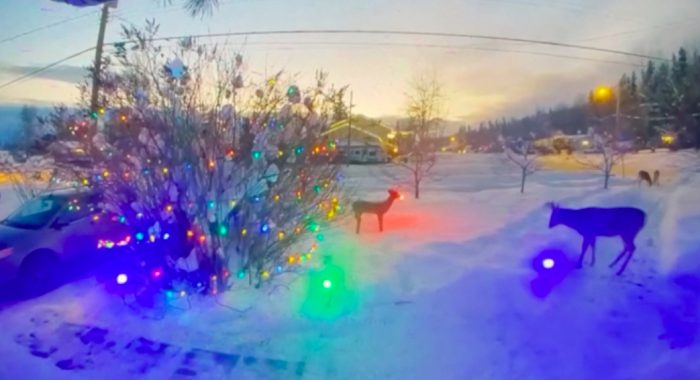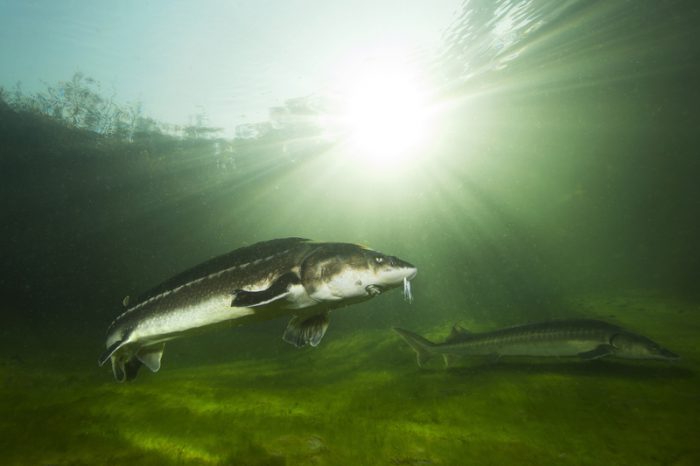If we were to tell you that there is something out there called "wild ice skating", what would you imagine that it was like?
Something done in the wilderness? Maybe a little dangerous?
If you also guessed that it involved thin ice — the most precarious of ices — then you'd be bang on! Though we cannot state clearly enough that we do not recommend doing this, the phenomenon of wild ice skating (or Nordic skating — the Nordic region includes countries like Finland, Sweden, and Norway) is simply too cool to ignore. And just wait until you hear it!
Actually, who wants to wait? Check this out...
You're skating on thin ice...and it's okay!
The video above is of skating on Lissma Kvarnsjön. This is a lake outside Stockholm, Sweden. The film was made by Henrik Trygg, and it shows his friend, Martin Anje skating across ice that measures only 45 mm (4.5 cm or 1.7 inches) thick. Anje measures this at about 1:55 in the video.
This is the thickness of a kitchen table. And yet, it manages to be enough to support them as they skate across the surface. How?
According to Anje in an interview with National Geographic, as long as the ice is thick enough, the water underneath actually helps to support the ice and prevent it from breaking. (However if it gets much thinner than the 45 mm shown above, the ice becomes a little too risky.)
Smooth and dark...but dangerous
Nope, not ready yet! (Getty Embed)
Wild ice skating requires patience, experience, and, most of all, partners and groups for safety. The perfect time for this rare sport is just after a lake has begun to freeze. The ice at this time is also known as black ice because it is so thin that the dark water underneath is visible through it. Because it is so fresh, it is incredibly smooth and fun to skate on.
Cool, so that about wraps that up. Are we missing anything?
You're cracking me up
Right! The sounds! Can you guess what makes them?
Yep! These laser-like noises are indeed the sound of cracks forming in the ice as the skater passes over. (You can really see this happening in the video at around 2:55.) The sounds of cracks forming echoes along the ice, sending vibrations that create the noises that you hear.
As for why they're so high-pitched, the answer is quite musical. Thinner objects produce higher pitched sounds. (That's why, for example, a violin's strings are so thin compared to those of a cello or double bass.) When you put it all together — the still air, the smooth ice, the gliding strides, the otherworldly noise — it's easy to see why friends like Anje and Trygg are so enthusiastic about skating on it.
We're going to watch that video again!
 Under the right conditions, these cracks can produce incredible sounds... (Konstantin Shishkin | Dreamstime.com)
Under the right conditions, these cracks can produce incredible sounds... (Konstantin Shishkin | Dreamstime.com)










Thats soooooooo cooooooooool! 😆 😆
COOOOOOOOOOOOOOOOL!!!!!! 😀
Awesome ❗
Cool ❗️
Wow
😯 😮 whaaaaaaaaaat so cool!